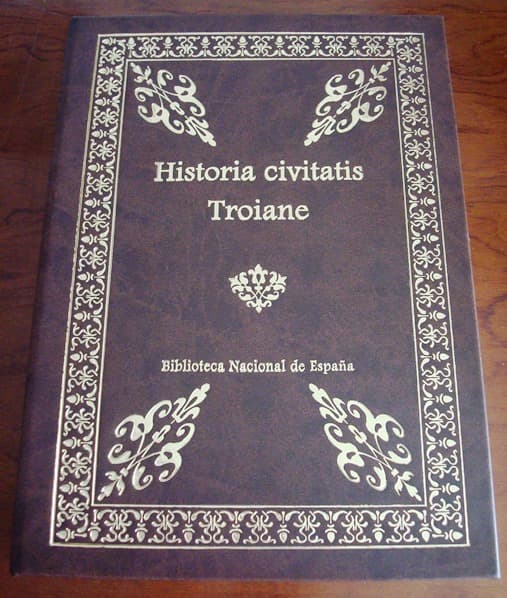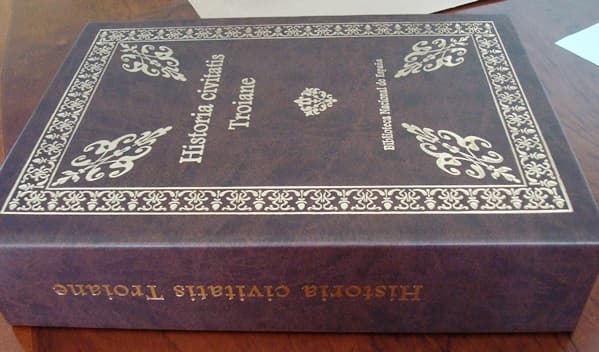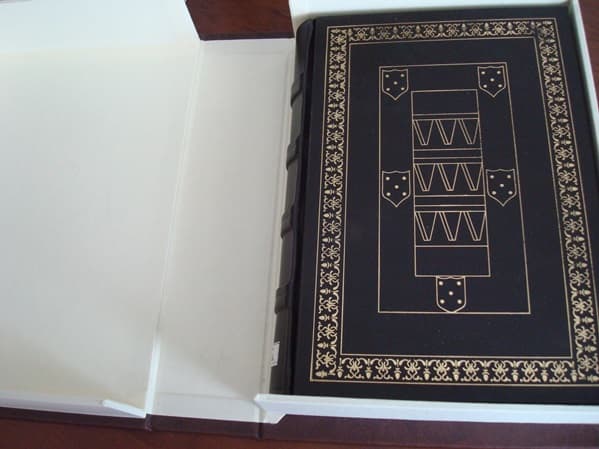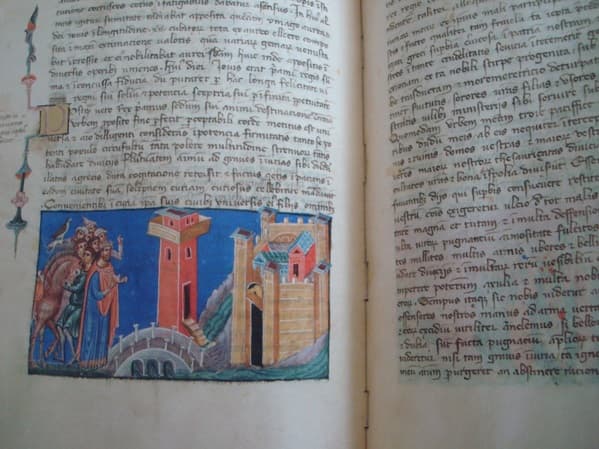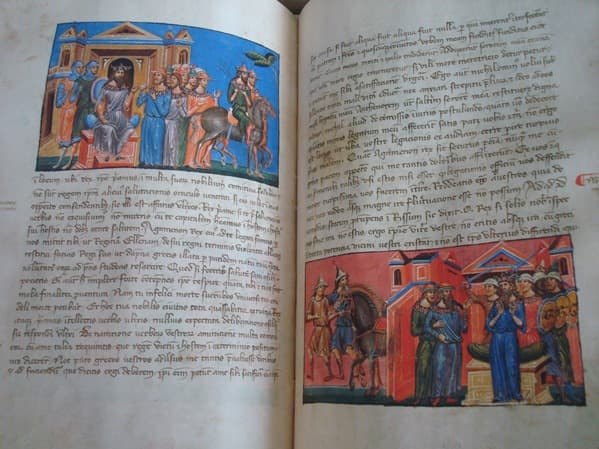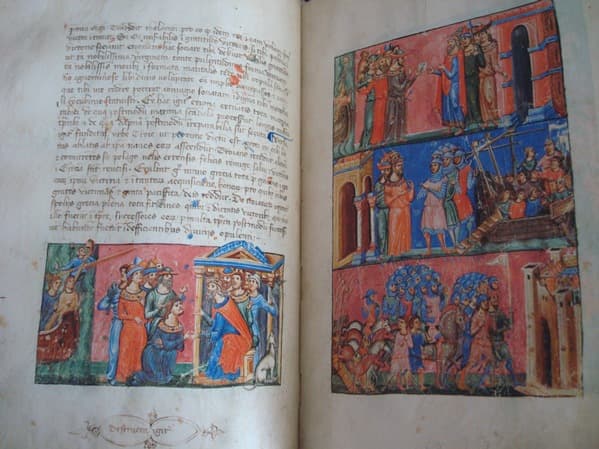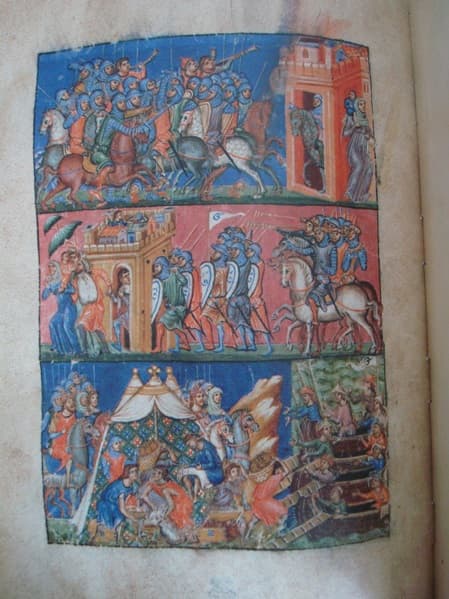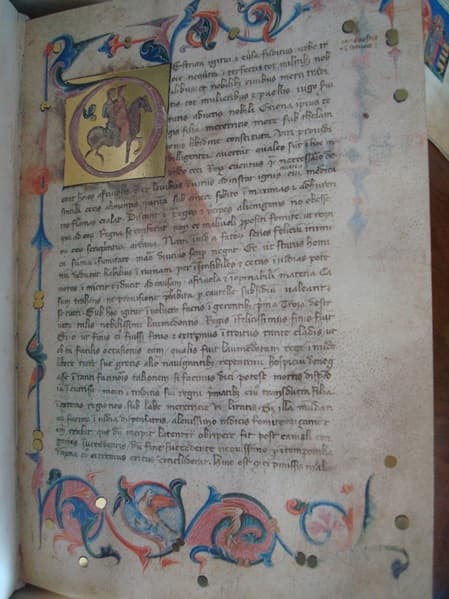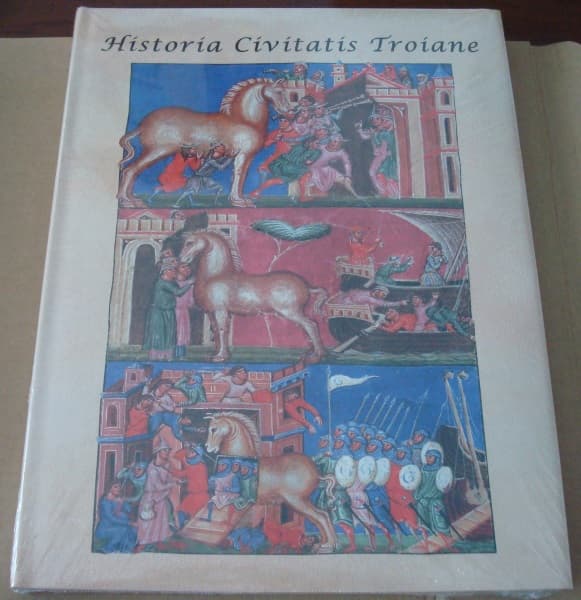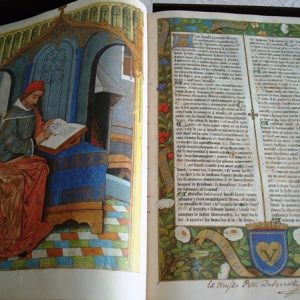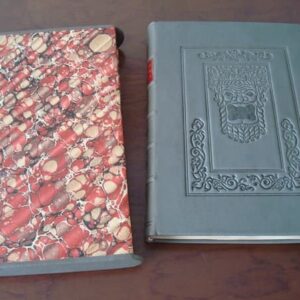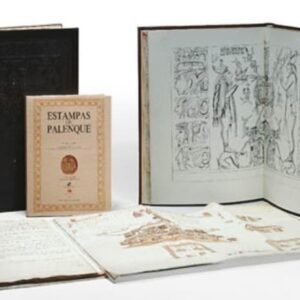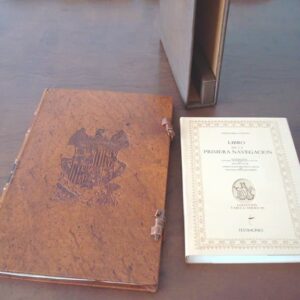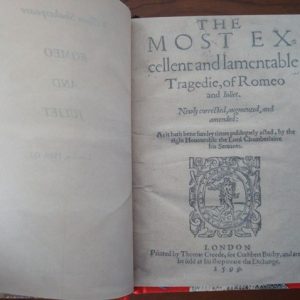Description
Beautiful facsimile made in 2018 of the 17805 manuscript of the National Library of Spain: Historia Civitatis Troiane (History of the city of Troy), from the 14th century.
This work, apart from narrating the own destruction of Troy by the Greeks, contributes something that no other had dealt with up to then, such as recounting, in great detail, what the customs, leisures, peculiarities of the city, etc.
Without a doubt, the 17805 manuscript of the National Library of Spain is one of the most richly illuminated in the Library on the famous epic about the Trojan War, written by the famous Italian lawyer, historian and poet, Guido delle Colonne. The manuscript reached its current destination by purchasing the funds of D. Pascual de Gayangos in 1899. It is written on parchment, in red ink on the incipit of the book, and then continues in black ink. The language used is Latin. It consists of ninety-three miniatures, generally located at the top or bottom of the page, with great iconographic interest, illuminated in colors, with beautiful capitulars in burnished gold. Two of these are miniature initials, folios 3r and 27r. Some folios are adorned with vegetable decorations around the text.
As for the origin of the manuscript, as Buchtal already determined in his famous study, it is of Venetian origin. This author connects this codex with a series of miniatures on parchment, on which is placed a rock crystal used to form a chessboard, a technique that is undoubtedly Venetian. Likewise, he adds in his research a series of observations, such as the direct relationship of the codex with some works of Venetian painting from the second quarter of the 14th century. Also added is the presence of two components that help to further specify the date of the codex; the clear and manifest influence of Paolo Veneziano and the abundance of details consistent with some work of the Renaissance. The codex would be dated between 1340 and 1350.
The itinerary that the manuscript followed until reaching Spain is still a hypothesis, but it is most likely related to the campaigns in Italy in the 16th century. Buchtal affirms that it belonged to D. Alvar Gómez de Castro.
The guard sheets and the cover of the manuscript can shed some light on this problem: An anagram and a Latin text that says that the book belonged to the Marquis de las Navas.
Facsimile bound in leather on board, imitating to the maximum the binding and original state of the codex. Nerves and golden edges. Format 21 x 29 cm. 296 pages with 93 miniatures of great iconographic interest.
The facsimile is presented in a closed case, book format with flat spine, for its best preservation. Lined in editorial leather decorated in gold. Format 24.5 x 33.8 x 8 cm.
Limited edition of 510 copies, numbered and notarized.
The edition is completed with a complementary study book, carried out by specialists in the field, and includes the translation of the original Latin text into Spanish. Bound in hardcover with illustrated dust jacket, 24.8 x 32.2 cm format.
If you wish, you can download a pdf file with information on this interesting and beautiful facsimile edition on the legendary history of the destruction of Troy (texts in Spanish).
Complete copy and in perfect condition.
Shipping costs for the account of the buyer, according to order and destination. Ask us without obligation (indicating the reference of the article) any doubt.




